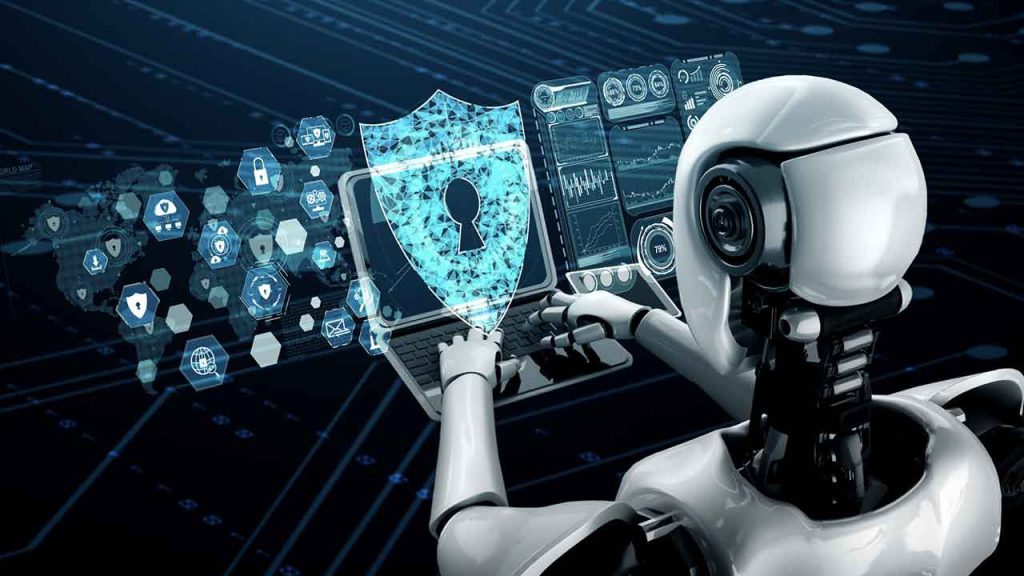Securing AI at the Edge: Why Trusted Model Updates Are the Next Big Challenge
Recently, customers and partners have been telling us time and again: “I am worried about my expert knowledge being stolen.”, or “My customers expect us to keep their IP safe when we deploy AI agents into operational processes at the edge.”
For us at aicas, this concern is a very personal one. Like other technology firms, we’ve invested heavily in building IP that provides specific benefits to our customers. So, how do we secure AI deployments at the edge while protecting valuable expertise and intellectual property?
Some context: The rapid growth of AI-powered edge systems is impossible to ignore. From smart factories and autonomous vehicles to critical infrastructure and environmental monitoring, edge devices are making realtime decisions, optimizing processes, and enabling entirely new services. But as these systems grow more intelligent, a critical question arises:
How do we keep AI at the edge up to date without compromising security, reliability, or performance?
It is no longer sufficient to develop sophisticated machine learning (ML) models and deploy them once. Edge AI thrives on continuous improvement. Models must be retrained and redeployed regularly to adapt to new data and evolving environments. But every update introduces potential vulnerabilities. If we cannot securely update the AI running at the edge, the promise of edge intelligence quickly unravels.
Why Edge AI Is Different
Updating cloud-based AI systems is a well-established process by now. But edge environments raise the stakes. That is particular true outside the firewall of an enterprise, and across very inhomogenous system environments where operational glitches have serious, even life-threatening, consequences. Devices operate far from secure data centers, spread across factories, vehicles, energy grids, and remote infrastructure. Connectivity can be limited; oversight is minimal, and conditions are unpredictable.
Meanwhile, threats are very real. Unauthorized access, intercepted data, or tampered models can have devastating effects. In autonomous systems, from driver-assistance platforms to automated warehouses, the impact of failure is not abstract. It means halted production, compromised safety, or service outages.
Where Edge AI Is Already Making an Impact
Edge AI is no longer experimental. It is running live in environments where failure is not an option. Environmental monitoring systems track air quality in realtime across urban areas. Predictive maintenance tools keep industrial equipment running smoothly. Smart traffic networks optimize vehicle flow in congested cities. Autonomous vehicles assist drivers with advanced safety features. Factory automation systems use AI to detect product defects on high-speed production lines.
In all these scenarios, AI models must continuously evolve to meet changing demands. But every update carries risks, whether through technical failure, security breaches, or operational disruption.
When these systems fail, the business consequences are immediate and serious. Downtime, compliance violations, safety hazards, and damaged reputations are real risks.
The Three Critical Risks of AI Model Updates
From industrial automation to mobility, three recurring challenges dominate the conversation about secure updates.
- Model Manipulation
Imagine a predictive maintenance system in an industrial plant delivering false insights because an ML model was compromised during an update. Minor equipment issues escalate into costly breakdowns because the AI designed to prevent failure was manipulated.
If model integrity is not guaranteed from source to deployment, the very systems designed to optimize operations become vulnerabilities themselves.
- Unauthorized Access
Updates create openings. Without strict access control, attackers can intercept updates, extract sensitive data, or inject malicious code. In safety-critical environments like autonomous vehicles or industrial plants, the consequences of unauthorized access are severe. - Operational Downtime
Updating ML models on live systems is not without risk. A failed update can disrupt entire operations and disable essential services.
Picture an automated warehouse where navigation algorithms are updated, but robots lose their way, halting shipments and delaying production.
Rethinking AI Updates at the Edge
These challenges cannot be solved with isolated patches or last-minute fixes. Securing AI updates at the edge requires a fundamental rethink of the entire lifecycle.
The update process from cloud-to-edge must be secure from start to finish. Models need protection from the moment they leave development until they are safely deployed. Authenticity must be guaranteed so that no malicious code can slip in. Access control must ensure that only authorized systems handle updates. And because no system is immune to failure, updates need built-in recovery mechanisms that minimize disruption.
This is no longer about best practices. It is about safeguarding the backbone of industries that increasingly rely on AI for critical operations.
Why the Time to Act Is Now
The more we embed AI into critical infrastructure, the more crucial secure updates become. Preventive measures are no longer optional. They are essential.
As industries continue to push the boundaries of what is possible with AI at the edge, secure and reliable model updates will define long-term success. The companies that thrive will be those that design for resilience from the start and embed trust into every layer of their systems while protecting the people, processes, and services that depend on them. It may also benefit from bringing security software providers operating at the edge even closer together with software developers focused on building components of the Edge AI ecosystem. Something which my company has done most recently to address how we keep Edge AI safe and sound now that it is taking center stage.
If you are faced with these challenges or are interested in exchanging ideas on the future of edge AI, I would be delighted to connect with you. The conversation around securing AI at the edge is just getting started, and it is one we all have a stake in.
About the author
 This article was written by Johannes Biermann, President & COO, aicas
This article was written by Johannes Biermann, President & COO, aicas
